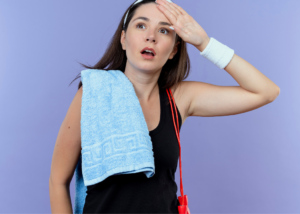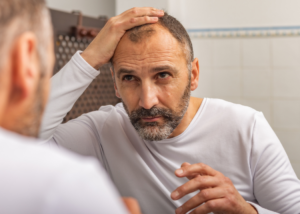If you have rosacea, you know how uncomfortable a flare can be, and you likely want to avoid it as much as you can. This post explores the tried-and-true ways people with rosacea avoid flare-ups.
Somewhere between 14 million and 16 million people have rosacea, making it one of the most common disorders in the country. Unfortunately, many people who have rosacea don’t know it. Understanding the condition and what can cause it to flare up is an important tool in combating it.
At kalon Dermatology in Brooklyn, New York, our expert providers are well-versed in rosacea and how to prevent uncomfortable flare-ups. We create carefully tailored, individual treatment plans for all of our rosacea patients, because the condition must be managed and treated differently depending on your triggers.
Triggers defined
A trigger is something that irritates the extremely sensitive skin of a person with rosacea. Triggers vary, and something that may irritate other rosacea patients’ skin may not bother you at all. When you encounter a trigger, your skin flushes and your face may burn, sting or itch. These symptoms can last for hours.
Some of the most common triggers include sunlight, heat, and stress, but the list of potential triggers is long. Many foods and beverages like spicy foods or alcoholic drinks can be triggers. Stress and exercise are also potential triggers.
How to know what your triggers are
With so many possible triggers, you may be wondering how to narrow the list down and figure out what bothers your skin. The best way to identify your triggers is to keep a diary in which you write down your activities, what you eat and drink, where you go, what the weather/temperature is like each day, and what products you use on your skin and hair along with how your skin looks and feels each day.
The American Academy of Dermatology Association offers a rosacea diary booklet that you can use. Or, you may just choose to jot things down in a notebook. Be as detailed as you can be, and track everything for at least two weeks—but be prepared for it to take several months to identify your triggers accurately.
Change your habits and routines
Once you have a clear idea of your triggers, start making changes to help you avoid flare-ups. Some changes are easy, like avoiding spicy foods. Some may require new habits.
For example, if you usually walk outside during your lunch break but you’ve found that the sun is a trigger, you may need to take your walk early in the morning or in the evening when the sun is less intense. Or, you may need to invest in a wide-brimmed hat, or find a shady place to walk.
Additional tips:
- Wear sunscreen
- Lower your overall stress levels
- Avoid overheating
- Consume beverages that are iced or lukewarm instead of hot
- Limit or avoid alcohol consumption
- Be careful in selecting products for skin and hair care
- Talk to your doctor about any medications you are taking
- Protect your skin when it’s windy or cold
- Consider exercising at a lower intensity or in a cool place
Get help
It’s also very important for you to work with a highly qualified medical professional, such as the providers at kalon Dermatology, to find the right treatment plan for you. If your skin is sensitive and/or you have visible blood vessels, red bumps, or patches of thickened skin on your face, you may have rosacea.
Call kalon Dermatology today to begin finding relief, or send us a message online.







